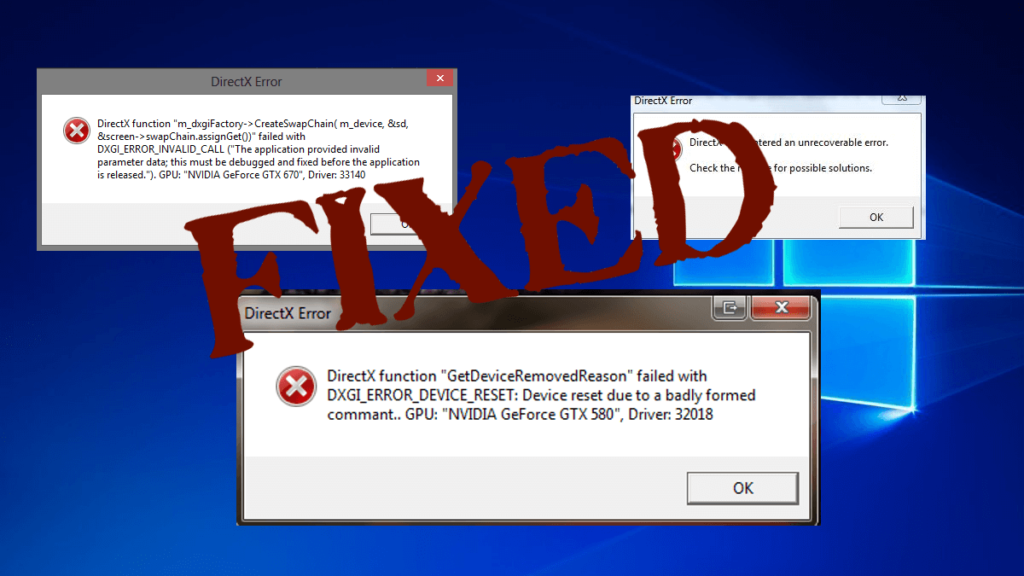

The Return attribute is set to check to ensure the custom action runs synchronously. The Execute attribute is set to deferred and the Impersonate attribute is set to no to ensure the custom action will run elevated, if necessary. The ExeCommand attribute adds the /silent flag to the installer to ensure the user is not presented with any DirectX installer user interface. It is given a unique id, and the FileKey attribute is used to reference the installer application from Step 1. The CustomAction element creates the custom action that runs the setup. The following example illustrates a typical fragment that includes the necessary files: Step 1: Add the installer files to your WiX project Īdding the files to the WiX project follows the same process as described in How To: Add a file to your installer. The license agreement can be found in the Documentation\License Agreements\DirectX Redist.txt file in your DirectX SDK installation. Prior to redistributing the DirectX binaries you should read and understand the license agreement for the redistributable files. This how to describes using the dxsetup.exe application to install DirectX 9.0 on a Vista machine assuming the application being installed only depends on a specific DirectX component. This simplifies the installation process for end users and ensures the required components for your application are always available on the target user's machine.ĭirectX 9.0 can be re-distributed in several different ways, each of which is outlined in MSDN's Installing DirectX with DirectSetup article.

How To: Install DirectX 9.0 With Your InstallerĪpplications that require components from DirectX 9.0 can benefit from including the DirectX 9.0 Redistributable inside their installer.


 0 kommentar(er)
0 kommentar(er)
